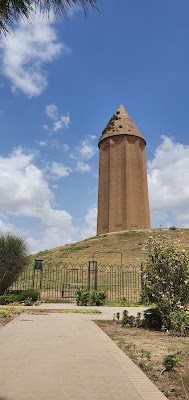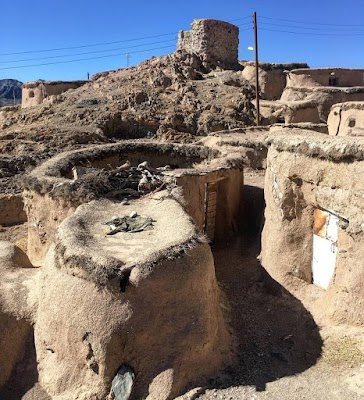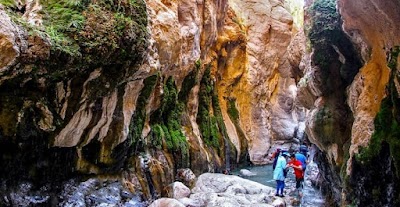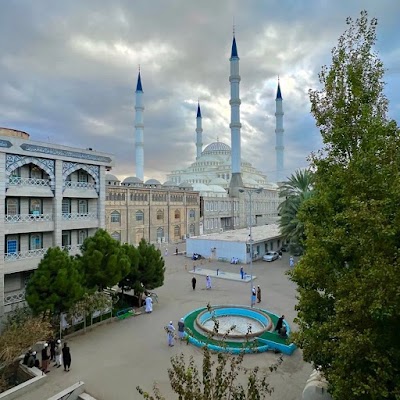Gonbad-e Qabus (گنبد کاووس)
Related Places
Overview
Introduction to Gonbad-e Qabus
Nestled in the heart of Iran's Golestan province, the magnificent **Gonbad-e Qabus** (گنبد کاووس) stands as one of the tallest brick towers in the world, showcasing the rich history and architectural prowess of the Seljuk period. Constructed in the 11th century, this UNESCO World Heritage site is not just a remarkable feat of engineering but also a symbol of the cultural and historical significance of the region. As you approach this monumental structure, you can’t help but feel a sense of awe at its sheer size and the stories it holds within its walls.
The Architectural Marvel
The Gonbad-e Qabus is an impressive cylindrical tower, rising to a height of 53 meters (174 feet) with a diameter of approximately 17 meters (56 feet) at its base. Its unique design features a stunning conical dome, which is decorated with intricate patterns and motifs that reflect the artistic style of the era. The tower is made from baked bricks, an abundant local material, and showcases a stunning use of geometric patterns that are characteristic of Islamic architecture. The craftsmanship is so exceptional that it has inspired various architectural styles throughout Iran and beyond.
Historical Significance
The tower is named after **Qabus ibn Voshmgir**, a ruler of the Ziyarid dynasty, who commissioned its construction as his tomb. It served not only as a mausoleum but also as a symbol of power and prestige for the Ziyarid dynasty. The inscriptions found within the tower provide insight into the history of the period, detailing the ruler's accomplishments and the cultural life of the time. Visitors often find themselves captivated by the stories that the walls seem to whisper, a testament to the rich tapestry of Iranian history.
Visiting the Gonbad-e Qabus
For travelers, a visit to Gonbad-e Qabus offers a unique glimpse into Iran's architectural heritage and its historical narrative. The surrounding area is equally charming, with traditional bazaars, local crafts, and friendly residents eager to share their culture and stories. As you explore the site, take a moment to appreciate the panoramic views from the top of the tower, which provides a breathtaking perspective of the surrounding landscapes and the nearby Caspian Sea.
Practical Tips for Travelers
Before heading to Gonbad-e Qabus, consider the best times to visit: spring (March to May) and autumn (September to November) offer milder weather, making your exploration more enjoyable. While the site is accessible, it’s advisable to wear comfortable shoes as you may want to wander around the area and explore nearby historical sites. Local eateries offer a delightful taste of Iranian cuisine, so don’t miss out on sampling regional dishes, which often feature fresh herbs and spices.
Conclusion
In summary, a visit to Gonbad-e Qabus is a journey through time, revealing the grandeur of Iran’s past and its enduring legacy. Whether you are an avid historian, an architecture enthusiast, or simply a curious traveler, the majesty of this ancient tower promises to leave a lasting impression. Embrace the opportunity to connect with the stories of those who walked the land before you and immerse yourself in the beauty of Iranian culture at this remarkable landmark.






